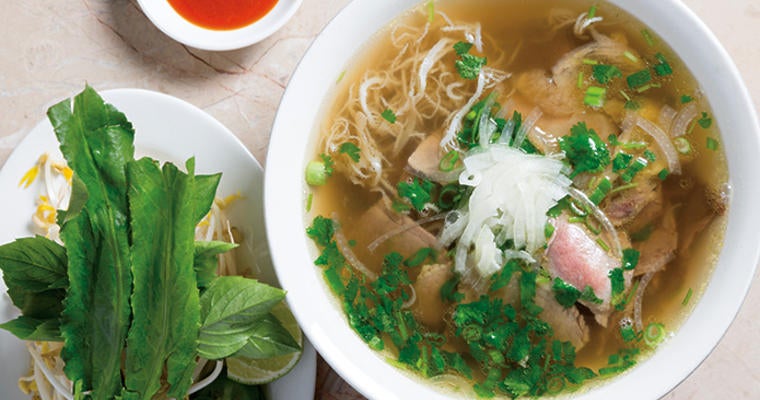There has been a lot of talk recently how the risk for developing a chronic disease, such as heart disease or diabetes, is on the rise. Good nutrition is one way to help prevent or manage these conditions and improve your overall health and wellness. A healthy diet includes eating a variety of foods from the different food groups. This helps to ensure people get all of the vitamins, minerals and nutrients their body needs to work efficiently.
Are You Looking for Ways to Improve the Nutritional Profile of Your Menu Without Having to Break the Bank?
Try incorporating some of these small changes into your menu.
Add in Pulses
Haven’t heard of pulses before? Pulses are part of the legume family and include any dried seed. For example, dry beans, dry peas, chickpeas and lentils are all pulses. It’s a great time to start including pulses on your menu because this is the International Year of the Pulses (Food and Agriculture Organization of the United Nations, 2016). Legumes are versatile and are a great tasting addition to any meal. They are rich in soluble and insoluble fibre, helping to control blood sugar levels, aid in digestion and promote regularity. Pulses are also nutrient dense. They contain high levels of minerals such as iron, zinc, and potassium as well as folate and other B vitamins. Pulses are also low in fat. Here are a few easy ways to add pulses to your menu.
- Add a can of rinsed chickpeas or lentils to homemade soups and stews.
- Puree pulses and add to hamburger mixtures, casseroles, soups, stews or pasta sauces.
- You can grind pulses into flour and use to thicken soups, sauces and vegetables instead of using cornstarch. This is an easy way to add nutrients, such as protein, to your dishes.
- Try substituting meat or poultry with lentils. A ½ cup serving (100 grams) of dry lentils provides about 26 grams of protein and costs much less compared to other sources of protein.
Cook with Herbs and Spices
Adding fresh herbs and spices to your dishes is a great way of increasing the flavour and aroma without adding extra fat, sodium or calories. Many herbs and spices also contain antioxidants which can provide added health benefits.
Herbs are the leafy parts of plants and are available fresh or dried. Dried herbs have a stronger flavour than fresh herbs, and you can usually substitute 1 tsp dried herbs for 1 tbsp fresh herbs. Dried herbs need time to rehydrate and should be added early in the cooking process. This gives dried herbs enough time to release their flavours. Freshly chopped herbs are best used near the end of the cooking process or just before serving.
In comparison to herbs, spices are made from the bark, buds, roots, seeds or stems of plants and trees. Buying small amounts of spices more often is a great way to get the most flavour and aroma into your dish. Also, whole spices retain their flavour much longer than ground spices. Try grinding or roasting whole spices and using them as needed in recipes. Here are a few examples of pairings you can try on your menu.
- Basil: soups and sauces, chicken, fish and pasta dishes
- Dill: salads and pastas, potatoes, fish, vegetables and eggs
- Mint: salads, potatoes and bean dishes
- Allspice: cooked tomatoes, gravies and stews
- Cumin: chili, stews and beans
- Curry: sauces, rice dishes, meat, chicken and fish
- Garlic: soups and salads, vegetables, pasta, and all meat and poultry
- Cinnamon: squash, sweet potatoes, pork dishes
Try Steaming as a Cooking Method
There are many different techniques you can use to prepare food in a healthy way when creating your dishes. Steaming is one of the healthiest ways to cook food because you don’t need to add any extra fat or calories to make it tasty. Steaming works by bringing water to a continuous gentle boil, causing water to vapourize into steam. The steam carries heat to food placed over (and not in) boiling water in a covered pot or steamer, gently cooking vegetables, chicken and seafood. This cooking process is great for retaining a food’s flavour, shape, colour and texture. It also preserves nutrients better than many other cooking methods. Try steaming foods with leafy greens, lemon slices or fresh herbs to add flavour to any dish.
References:
Food and Agriculture Organization of the United Nations, 2016. 2016 International Year of Pulses. Retrieved February 22, 2016 from: http://www.fao.org/pulses-2016/en/










